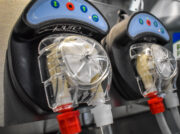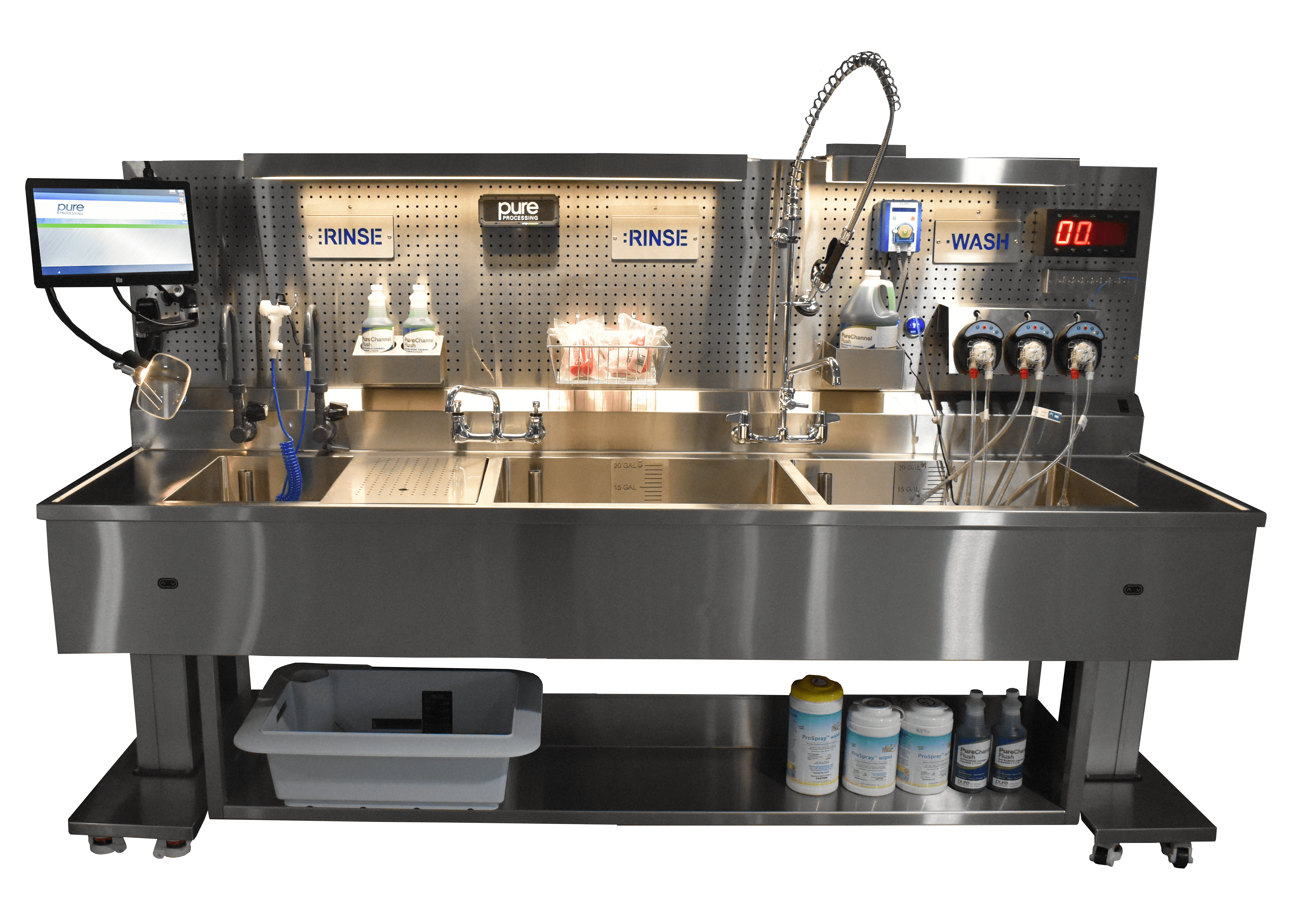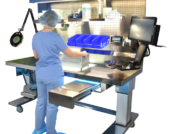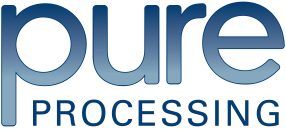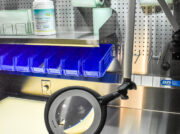
Key Influences on Training & Education in SPD
The 2023 SPD State of the Industry Report revealed that many people in sterile processing departments can have an influence on the outcomes of training & education efforts. These responses demonstrated that training & education can be influenced by people throughout, and outside of, a sterile processing department, and demonstrate the true potential for these programs.
Educators
39.84% of participants in the 2023 SPD State of the Industry Report pointed to their educator as having the most influence on training & education in their department. This comes as no surprise, as SPD educators are dedicated staff tasked with not only keeping up with industry trends, standards, and guidelines, but ensuring that the right information reaches the right people on their team; they need to wield considerable influence over training & education and are well-suited to do so.
Managers
Managers were the second most influential role related to training and education, with 28.13% of participants pointing to them. Training and education initiatives are often taken up by managers when a department doesn’t have a dedicated educator. However, it isn’t solely the lack of an educator that can lead to a manager’s influence on training and education; managers can use their position to advocate for more educational resources and help implement plans that educators have put together.
Supervisors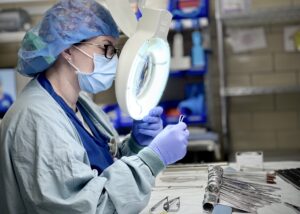
22.66% of participants cited their supervisors as having the biggest influence on training & education. Supervisors are in a unique position of working alongside their teams in the day-to-day operations. This allows supervisors to keep their finger on the pulse of the team and individuals alike, enabling them to readily identify training and education needs in the department, as well as provide hands-on training during a shift.
Directors
Directors were reported as having the most influence on training and education by 9.38% of participants. This comes as no surprise, as directors manage a broad range of responsibilities and activities to ensure the department has what it needs. While directors are unlikely to get into the weeds on training and education, they are in a unique position that allows them to help departments realize initiatives put forth by a manager or educator, giving them the ability to be incredibly influential regarding training and education.
Other influences on training and education in SPD
Participants of the 2023 SPD State of the Industry Report also identified other positions influencing training and education in a free response section. These included lead technicians, dedicated trainers, shift leads, materials supervisors, teammates/technicians, and nurses with SPD backgrounds. The variety of roles demonstrates that when members of a sterile processing team see a need for additional training and education, they step in fill the gaps.
Vendors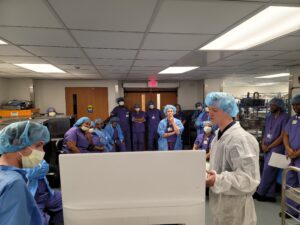
Participants noted the increasing role vendors are playing in training and education. Vendors not only provide updated, thorough information and resources regarding their products, they many also provide free educational tools such as videos, webinars, presentations, and more. The accessibility of vendors and their resources make them an appealing route for enhancing training and education.
Conclusion
Training and education is top-of-mind in departments, and sterile processing professionals at all levels are helping to influence it’s direction based on the unique needs of their departments. Meanwhile, vendors are providing valuable resources to help those SPD advocates achieve their goals and, ultimately, help keep patients safe.
Interested in digging into the full 2023 SPD State of the Industry Report? Download it for free!
Want to explore free CE programs? View all our free, CE programs, here!
The SPD State of the Industry Survey is an annual, free, anonymous survey asking real sterile processing professionals across the country about their experiences, backgrounds, and challenges they face in their departments. We hope by providing access to free industry research and data, instrument reprocessing professionals can better grow, develop and improve their own departments through the experience of their peers. We are grateful for all the professionals who participate each year, and the contributions to their patients and facilities: thank you for all you do!
